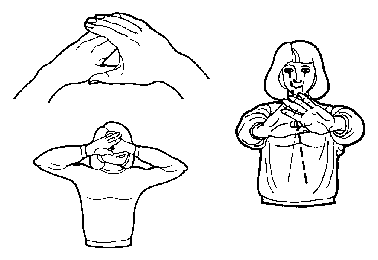Ocular Dominance
Ocular dominance is when the brain prefers input from one eye compared to the other. Generally the brain takes the images from each individual eye and merges them into one image. However, because the eyes are not located in the same location there are times that if the brain tried to merge the images from the two eyes you would actually see double. In these situations the brain will suppress the signal from the non-dominant eye and focus on only the dominant eye. This suppression of the non-dominant eye will usually occur when someone is aiming or trying to ‘sight a line’
Eye dominance s similar to being right or left handed but is it not same as your handedness. About two-thirds of the population is right-eye dominant, however in some people neither eye is dominant. Eye domiance can change temporarily depending on the direction of gaze or the size of the image someone is looking at.
Eye dominance can be factor in some aiming sports like darts or archery. It is also an important factor in patients who have monovision as a result of contacts or refractive surgery.
There a number of ways to determine eye dominance but an easy way is the Miles Test.

As shown in the picture, hold your hands out at arms length and with both eyes open, look through the hole formed by your hands at a distant object. Keeping that object in view, slowly move your hands towards your face until they touch your face. The hole formed by your hands should be over one of your eyes. This eye is your dominant eye and will control your aiming. Another quick way to test your eye dominance is to point your index finger at a distant object with both eyes open, then close one eye and see if your finger appears to move away from what you are pointing at. If your finger does appear to move, then the eye that you closed is your dominant eye. Try again with your other eye and your finger should not appear to move.
Michael D. Nelson, OD


